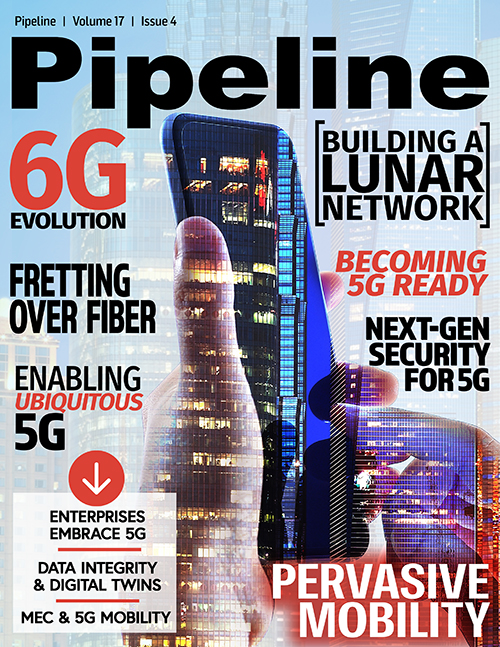Ubiquitous 5G from the Inside Out
C-RAN Small Cells
C-RAN small cell deployments can be tailored for high-capacity in-building environments, with small cells configured to perform baseband scheduling in a centralized baseband controller. Put simply, this creates a single physical cell ID across multiple radio access points to eliminate border interference and handovers, thereby significantly improving throughput, reducing latency, and bolstering connection reliability. As well, certain baseband processing functions can be shifted to the radio points, enabling them to operate in a coordinated fashion with a number of key benefits. These include:
Cell virtualization
Location sensing
Joint transmit/receive and distributed MIMO
DAS
In addition to small cells, a distributed antenna system is another option that can help bolster indoor 5G mobile connectivity. DAS is inherently an extension of third-party base stations typically designed for outdoor use, so it may not be able to support advanced features of indoor-optimized small cells such as cell virtualization. On the other hand, DAS are already installed in many high-use locations, so upgrading the DAS to 5G can still provide a substantially improved user experience, and therefore may be the most practical strategy.
Extending an existing DAS to support 5G may be as simple as adding a C-band-capable head-end RF interface module, or it may require an entire overlay system, depending on the DAS architecture. These include carpeted office buildings, hospitals, multi-building campuses, airports and stadiums. A typical DAS system generally comprises:
- A head-end located either on-premise or in a centralized RAN hub. The head-end takes RF and CPRI from service provider base stations and digitizes them for transport across the building’s fiber or copper cabling.
- Distributed nodes that extend the signal throughout the building, venue or campus.
- Access points with associated antennas and passive devices that convert the digital signal back to radio frequency (RF) for over-the-air transmission.
Conclusion
Mobile operators are rolling out new 5G networks to support more bandwidth and enable faster download speeds that could eventually provide up to 10 gigabits per second (Gbps) and gigabit/s upload speeds. However, delivering reliable cellular coverage indoors remains an elusive goal, even though most people spend the majority of their time inside various buildings. This poses real-world challenges for a number of indoor high speed and low latency use cases that depend on reliable 5G connectivity such as manufacturing automation, edge computing and streaming ultra-high-density (UHD) video. Indeed, outside-in coverage is notoriously difficult to achieve with the higher-band frequencies utilized by many U.S. operators for 5G. To optimally bolster indoor mobile connectivity in the age of 5G, operators should consider adopting an ‘inside-out’ approach.



















